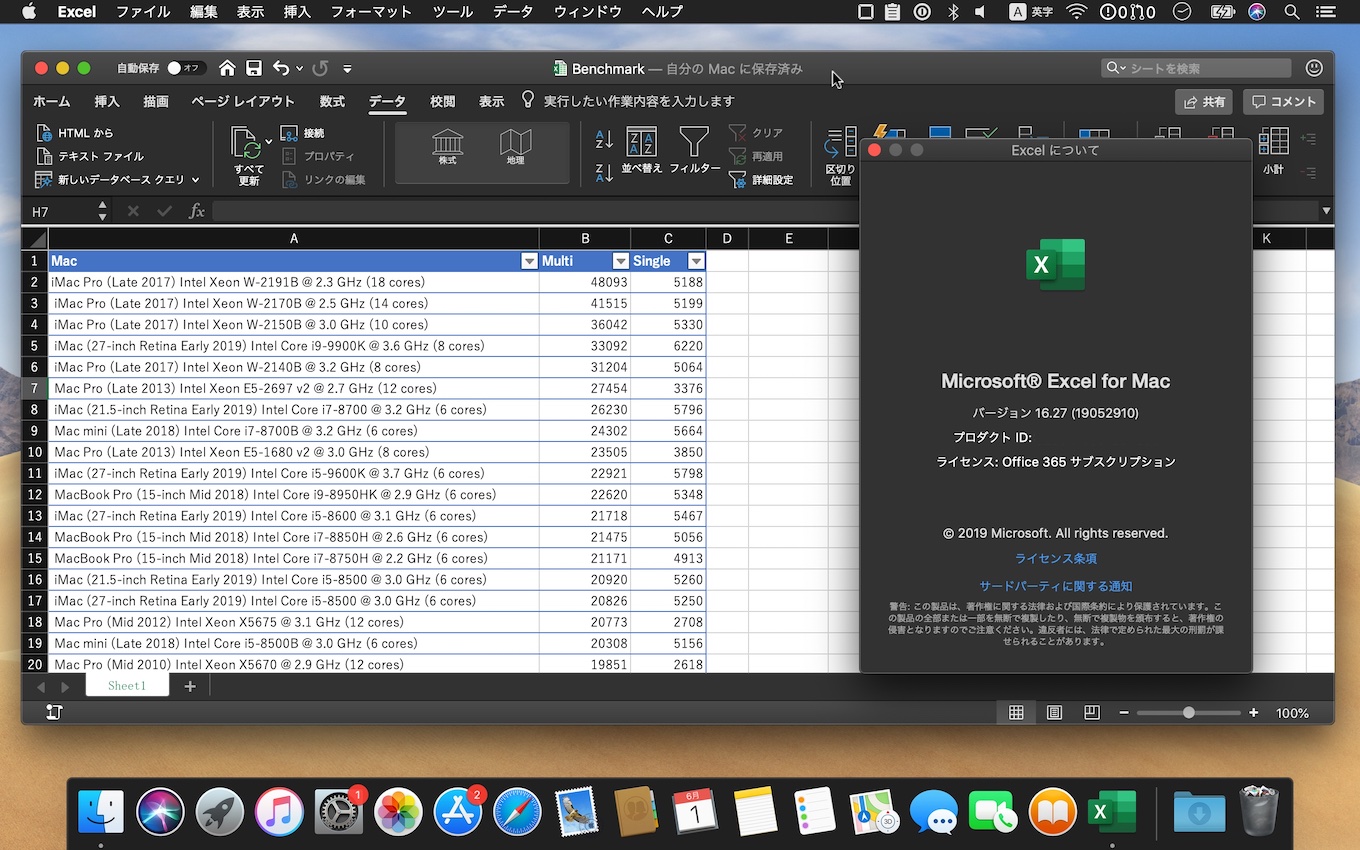Over the years, knowing whether you have access to the Power Pivot feature in Excel has been challenging at times to say the least. First introduced as an add-in for Excel 2010, availability of the tool has varied, depending upon which version of Excel you utilized. Fortunately, Microsoft simplified access to Power Pivot with the release of Excel 2019 and now, more people than ever have access to the feature.
Apr 15, 2020. Aug 01, 2019. In Excel 2016, 2019 and Office 365, Power Query is built directly in the Excel interface through the GET AND TRANSFORM command on the Data tab. (Power Query is NOT available on the MAC release of Excel) Power Query is available on Excel 2010 and 2013 through a free download from Microsoft as described in the course.
which versions of Office/Excel provide access to power Pivot?
As of January 8, 2019, you have access to Power Pivot if you are running any of the following versions of Microsoft Office/Excel.
- An Office 365 subscription that includes a Desktop license of Excel for Windows
- Office Professional 2019
- Office Home & Business 2019
- Office Home & Student 2019
- Office 2016 Professional Plus
- Office 2013 Professional Plus
- Excel 2013 and Excel 2016 when purchased as a standalone product
Additionally, if you are still running Excel 2010, you can download the add-in for that version of Excel by clicking here or navigating to https://www.microsoft.com/en-us/download/details.aspx?id=43348. Note, however, that version of the add-in will work only with Excel 2010.
which versions of office/excel do not provide access to power Pivot?
Power Pivot is not available to those running any of the following versions of Microsoft Office/Excel.
- An Office 365 subscription that does NOT provide a desktop license of Excel for Windows
- Any version of Office for Mac
- Office Professional 2013
- Office Professional 2016
- Office Home & Student 2013
- Office Home & Student 2016
- Office Home & Business 2013
- Office Home & Business 2016
- Office for Android
- Office RT 2013
- Office Standard 2013
- Office Standard 2016
- All Office versions older than 2013, unless you download the add-in for Excel 2010
Power Pivot Use Cases

Regardless of the version of Excel you might use to access Power Pivot, the principal use case of this feature remains the same – it is used to manage data models in Excel. In addition, you can use Power Pivot to create links to external data sources and use the data provided by those data sources to populate your data models, although many will find Power Query to be a better option for this application. Of course, once you create a data model, you can then summarize and analyze the data in the data model rather easily using PivotTables and, when necessary, CUBE functions in Excel.
You can learn more about this valuable Excel feature from Microsoft by clicking here.
Share on facebookFacebook Share on twitter
 Twitter Share on linkedin
Twitter Share on linkedin